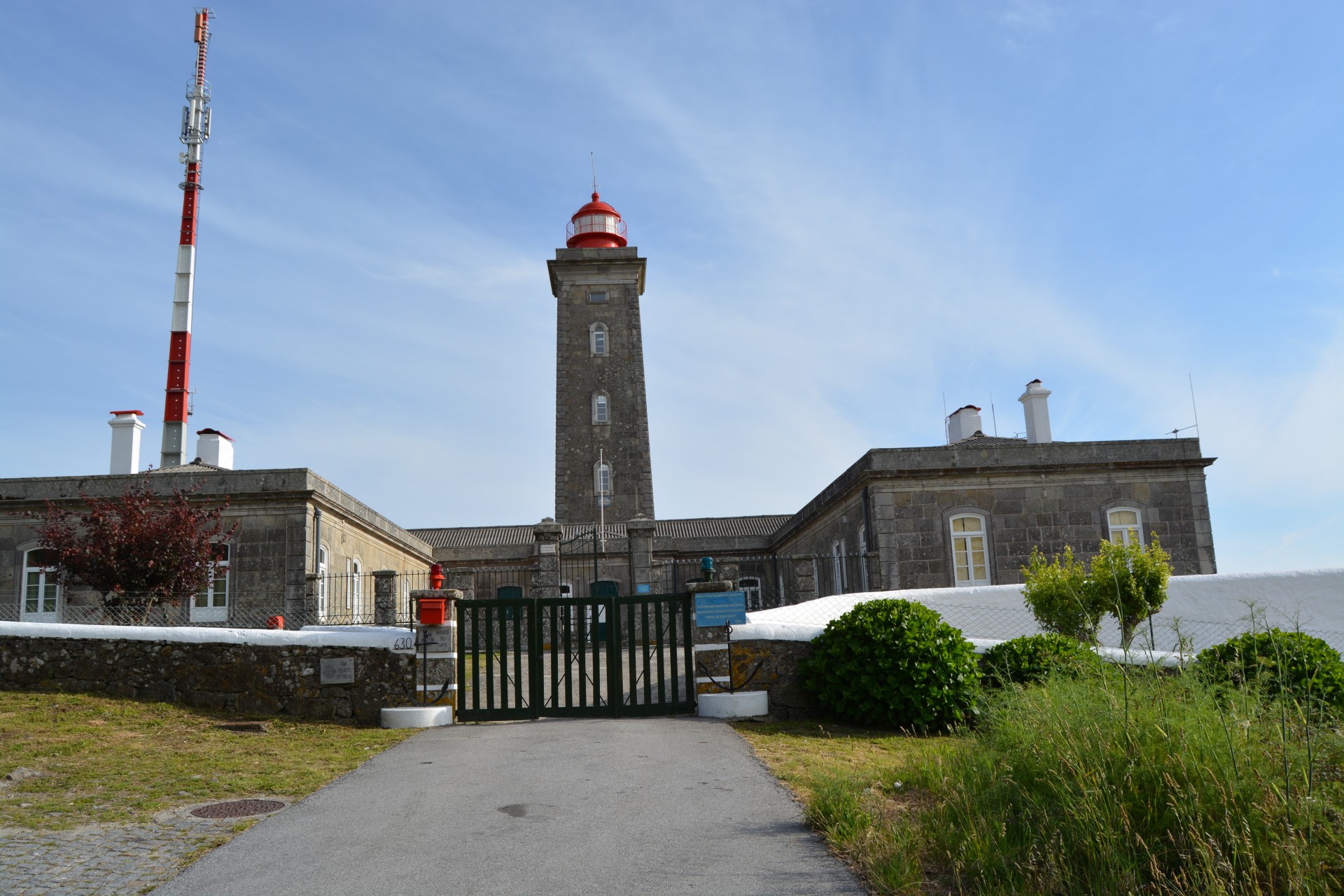Rock art – spirals
Points of interest
Montedor Lighthouse / Alto do Montedor hillfort
The construction of the Montedor lighthouse, the northernmost lighthouse on the Portuguese coastline, was postponed even though there was a validated need to build one. The need for coastal lighthouses to aid maritime pilots in the second half of the 18th century prompted the Pombline plans to build six lighthouses (Pombline period - a period of development and wide-ranging reforms). These were included in the building permit from the Junta Geral da Fazenda do Reino (General Finance board of the Kingdom) of 1 February 1758 and they were: Berlengas, Nossa Senhora da Guia, S. Lourenço Fort (Bugio), S. Julião da Barra, Barra do Porto (Porto breakwater) and the Viana coast (Montedor). Nonetheless none of these lighthouses were built under this licence.
During the second half of the eighteen hundreds, the inspector of the lighthouses, a captain of a frigate and a hydrographer engineer, Francisco Maria Pereira da Silva, in his Maritime Project for the Portuguese Coast – description of locations along the coast where new lighthouses should be built” written in 1872, did indeed include Montedor: “Montedor – it is the first chosen location, starting from the north as it is the most vantageous point along our coastline to build a lighthouse, which will be 30 miles from the lighthouse at the Cies islands or from Baiona”.
The General Lighting and Marking Plan for the Coastline and Ports of the Continent and Adjacent Island, approved in 1883 following the draft legislation signed by Fontes Pereira de Melo and Hintze Ribeiro, determined the construction of a second order (size of lens based on size and focal length) electrical lighthouse in Montedor with three rotating white flashes accompanied by a fog horn (bell run connected to a timepiece mechanism).
Nonetheless, the construction program for the Montedor lighthouse only began to take shape with the help of a committee nominated by way of Decree no. 10, of 28 October 1902 from the Ministério da Marinha e Ultramar (Marine and Oversea Ministry). The location and equipment to be installed in Montedor is finally determined in a meeting on July 9, 1903 (National Marine Authority).
The project designed by the engineer José Ribeiro de Almeida was finalized in 1908 and budgeted at a cost of twenty-two contos de reis. Construction was completed in 1910 and according to the Notices to Mariners, number 2 of February 22nd 1910, the lighthouse was first lit in that same year for trial tests.
The square tower measures 28m in height and stands at an altitude of 103 metres above sea level. The top of the lantern room is semi-circular in shape and has a metallic wind-shelter. On the inside, there is an elliptical staircase and watch room with a copper handrail and metallic balusters. Inside the metallic cupola, or lantern room, painted in red, a 3rd order Fresnel lens system was installed, producing a group of three white flares, every 10 seconds able to be seen 26 miles away on a clear day.
The lightening mechanism was a 4-wick oil lamp. In 1926 the group of 3 lightening-flashes was reduced to 2 to distinguish it from the Leça lighthouse.
Throughout the years it was upgraded and modernised. In 1936 the lamp used oil stem. A house for a radio beacon was built in 1939 and the radio beacon was installed in 1942 but deactivated in 2001 as it lost interest for navigation.
It was connected to the public grid in 1947 and began using a 3000W lightbulb. The voltage of the lightbulb was reduced and substituted for a 1000W quartzline lamp in March 1983. In 1952 the foghorn driven by a compressed air system was replaced with an electric horn. The beacon or beam was automatized on December 4 1987 and the lighthouse was equipped with a new horn.
It is the northernmost lighthouse in Portugal, 7 miles from the Minho river, crossing beams with that emitted from the Cie islands lighthouse, at the entrance of the Vigo Ria and the beam from the lighthouse at the entrance of the Douro river in Porto.

